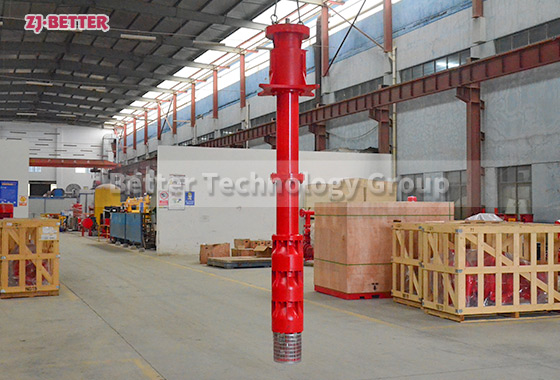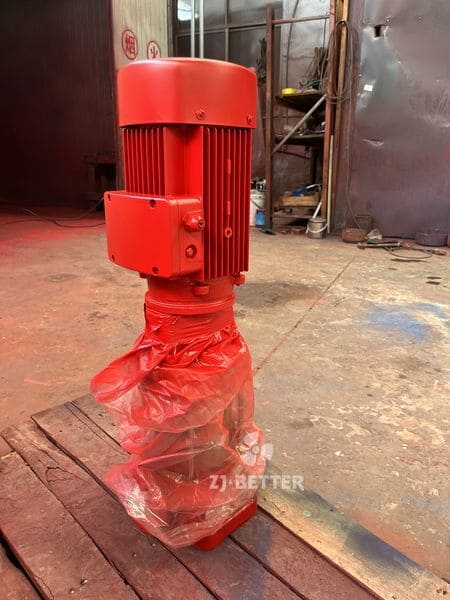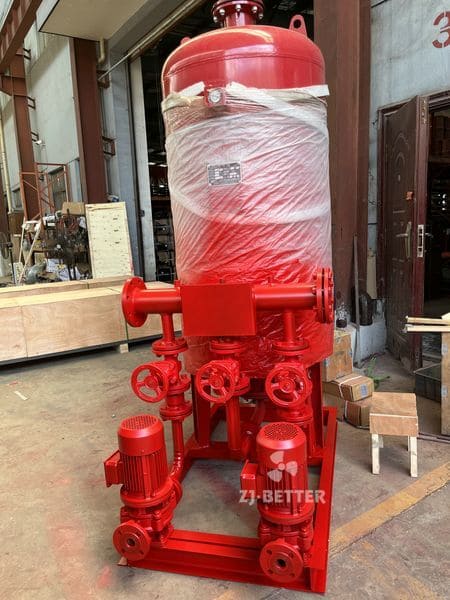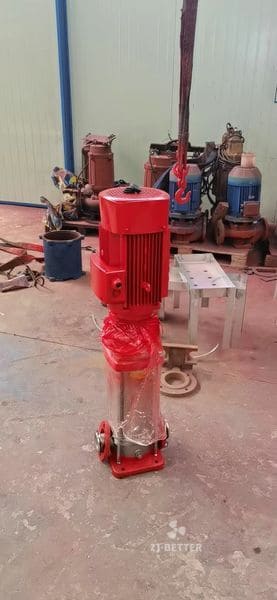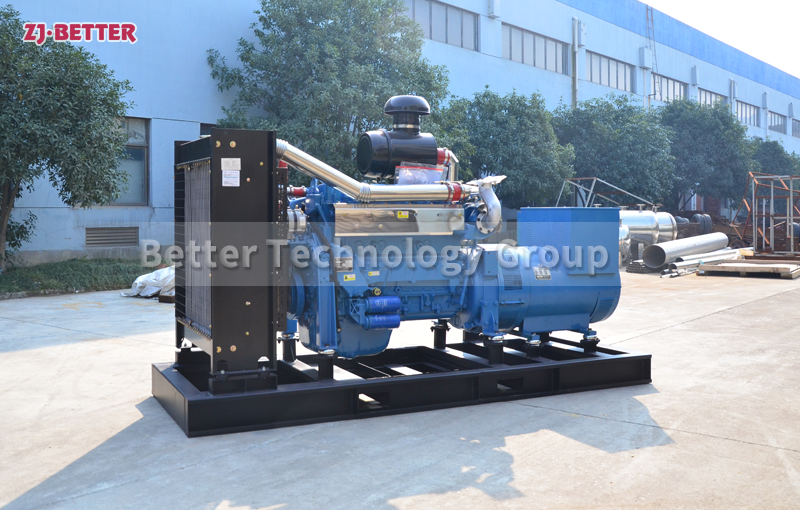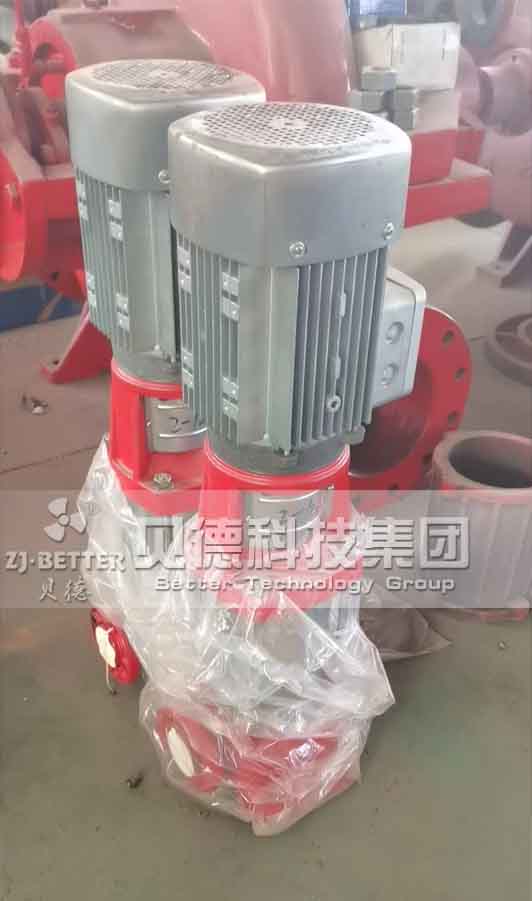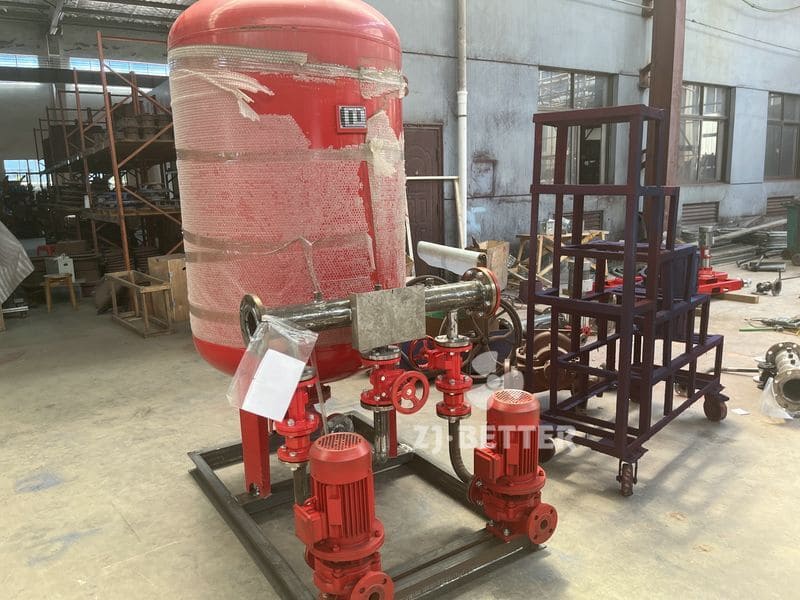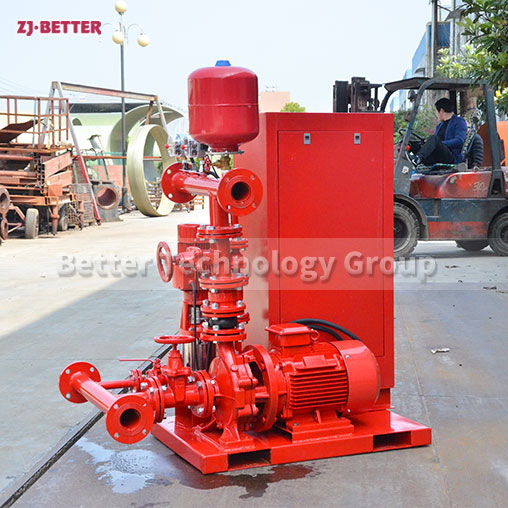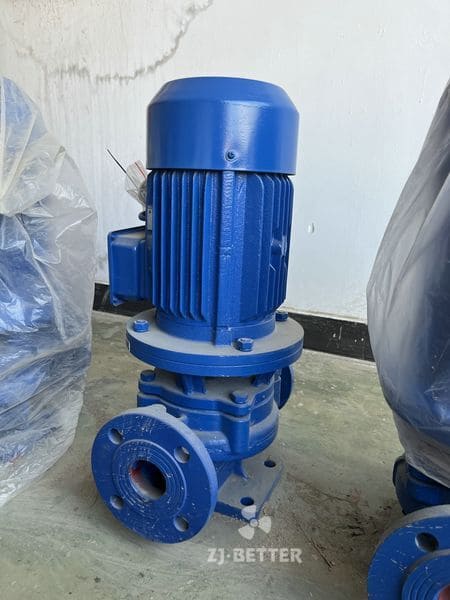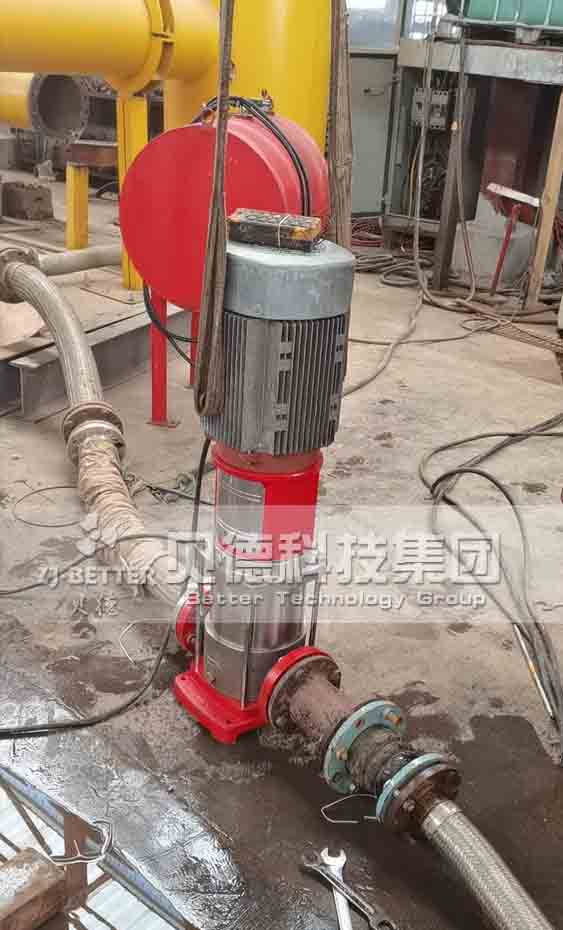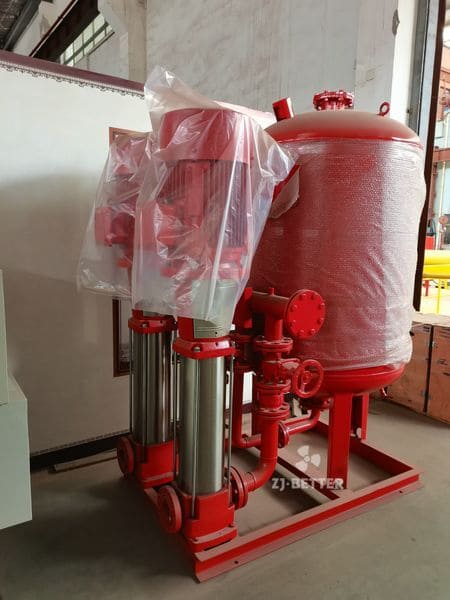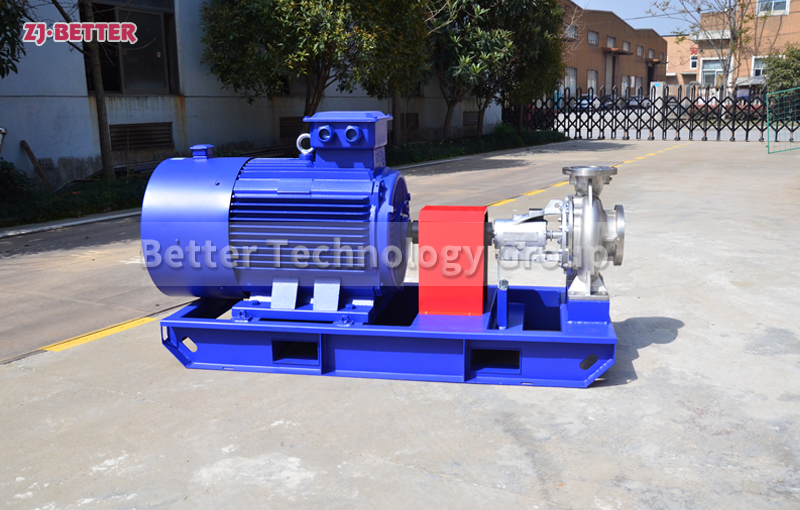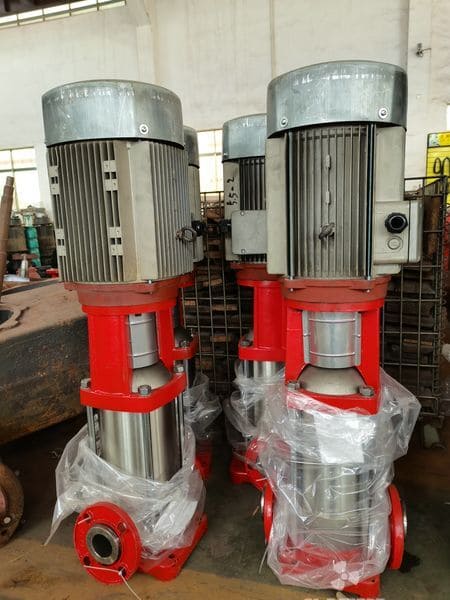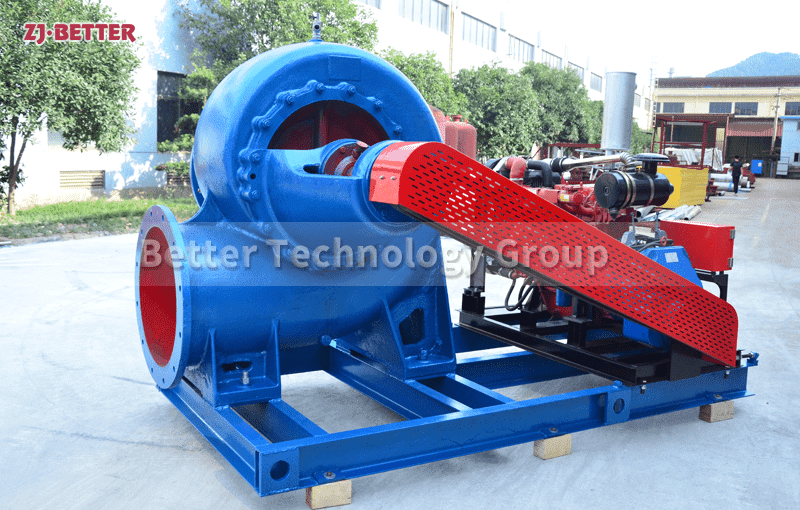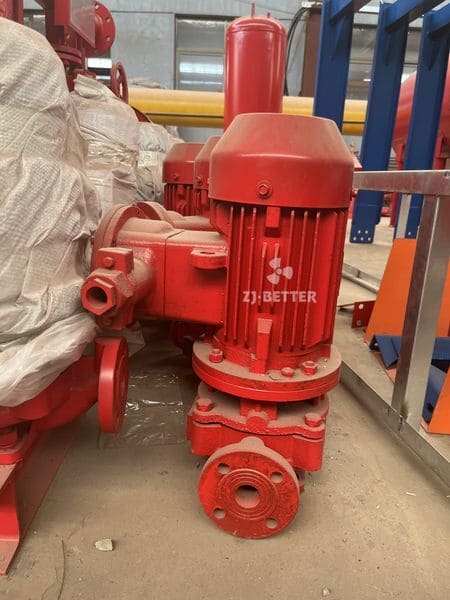How to maintain Vertical Turbine Pump?
Maintaining a vertical turbine pump is crucial to ensure its optimal performance, efficiency, and longevity. Vertical turbine pumps are commonly used in various applications, including water supply, irrigation, and firefighting. Here are the key steps for maintaining a vertical turbine pump:
Maintaining a vertical turbine pump is crucial to ensure its optimal performance, efficiency, and longevity. Vertical turbine pumps are commonly used in various applications, including water supply, irrigation, and firefighting. Here are the key steps for maintaining a vertical turbine pump:
1. Follow Manufacturer’s Guidelines: Always refer to the manufacturer’s maintenance manual and guidelines specific to your vertical turbine pump model. Different pumps may have varying maintenance requirements.
2. Regular Inspection: Schedule routine inspections to check for any signs of wear, damage, or leaks. Inspect all parts of the pump, including the impellers, shaft, bearings, and casing.
3. Lubrication: Ensure that all moving parts, such as bearings and shafts, are adequately lubricated. Use the correct lubricants as specified by the manufacturer and follow recommended lubrication intervals.
4. Seal and Bearing Maintenance: Check the seals and bearings for wear or damage. Replace them if necessary to prevent leaks and ensure smooth operation.
5. Check Alignment: Verify that the pump and motor are properly aligned. Misalignment can cause premature wear and reduce the pump’s efficiency.
6. Cleaning: Keep the pump and its surroundings clean from debris, dirt, and contaminants. Regularly clean the intake screen or strainer to prevent clogging and maintain water flow efficiency.
7. Impeller Adjustment: Some vertical turbine pumps allow for adjusting the impeller position to optimize performance. Follow the manufacturer’s guidelines for impeller adjustment if applicable.
8. Electrical Components: Inspect and test electrical components, including motor windings, electrical connections, and controls. Ensure that all electrical systems are functioning correctly.
9. Motor Inspection: Examine the electric motor for signs of overheating, worn-out insulation, or other issues. Verify that the motor is operating within its specified parameters.
10. Cooling System: Check the cooling system, such as fans and coolant levels, to ensure efficient heat dissipation. Overheating can lead to motor failure.
11. Vibration Analysis: Conduct regular vibration analysis to identify any mechanical issues or imbalances that may affect the pump’s performance.
12. Performance Testing: Periodically conduct performance tests to ensure the vertical turbine pump is delivering the required flow and pressure as per design specifications.
13. Record Keeping: Maintain detailed records of all maintenance activities, inspections, and test results. This documentation helps track the pump’s maintenance history and assists in identifying patterns or recurring issues.
14. Training: Ensure that personnel responsible for maintaining the vertical turbine pump receive proper training and are familiar with the equipment, manufacturer’s guidelines, and safety procedures.
15. Professional Assistance: Seek professional assistance or guidance from qualified technicians or pump specialists if you encounter complex issues or if you are unsure about any aspect of the maintenance process.
By following these maintenance steps and adhering to the manufacturer’s guidelines, you can ensure that your vertical turbine pump remains in optimal condition and operates efficiently for its intended application. Regular maintenance is essential for preventing unexpected failures and maximizing the pump’s lifespan.

